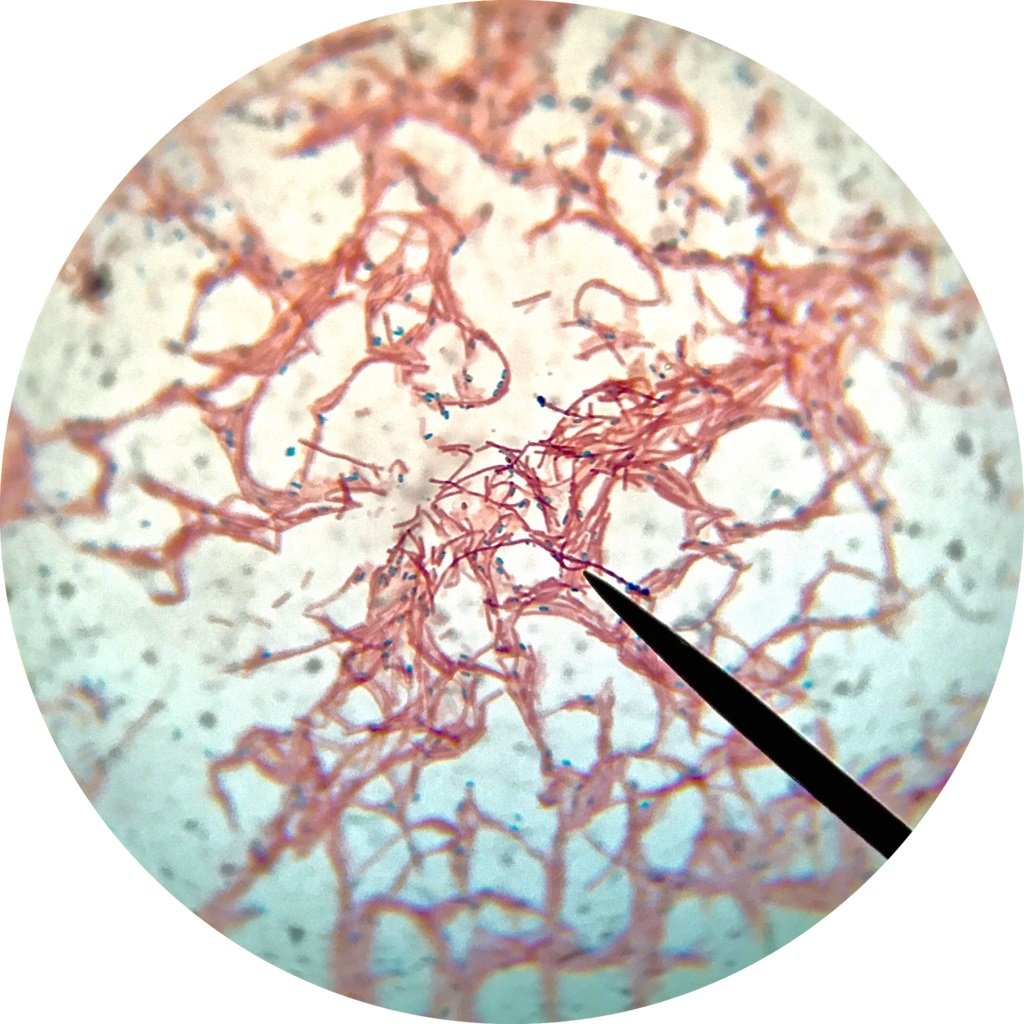Researchers at Harvard Medical School have solved a longstanding riddle, dating back over 150 years, on how dormant bacterial spores detect nutrients in their environment and quickly come back to life. The findings, published in Science, could help prevent dangerous bacterial spores from causing outbreaks by understanding their awakening process.
Image Credit: Ezume Images via Shutterstock / HDR tune by Universal-Sci
Bacterial spores are a form of dormant bacteria that can survive extreme conditions, such as extreme heat, UV radiation, and antibiotics. They remain dormant until they detect nutrients in their environment, at which point they quickly shed their protective layers and reawaken their metabolism. However, the mechanism behind this awakening process has remained a mystery.
The research team, led by David Rudner, professor of microbiology at the Blavatnik Institute at Harvard Medical School, discovered that the nutrient sensor itself forms a conduit that allows the dormant bacteria to reawaken. This conduit, a membrane channel, opens in response to nutrients, triggering a series of reactions that allow the cell to shed its protective armor and resume growth.
The researchers used artificial intelligence tools, machine learning, and gene-editing techniques to investigate the nutrient sensor and its complex structure. By manipulating the sensor's structure, they were able to show that deviations from the predicted configuration could leave the dormant bacteria unable to awaken or cause the bacteria to wake up even without nutrient signals.
The researchers conducted a series of experiments with the microbe Bacillus subtilis, commonly found in soil (Image Credit: WMrapids via Wikimedia Commons)
Understanding how dormant bacteria spring back to life has important implications for human health and food safety. Dangerous pathogens, such as anthrax and Clostridioides difficile, can form spores and cause life-threatening illnesses. Furthermore, dormant bacteria pose a significant challenge to food-processing plants, as they can resist sterilization and cause foodborne illnesses and financial losses.
By understanding how spores sense nutrients and exit dormancy, researchers can develop ways to trigger germination early, making it possible to sterilize the bacteria or block germination, preventing the bacteria from growing, reproducing, and causing harm.
If you are interested in more details about the underlying study, be sure to check out the paper published in the peer-reviewed science journal science listed below.
Sources and further reading:
Too busy to follow science news during the week? - Consider subscribing to our (free) newsletter - (Universal-Sci Weekly) - and get the 5 most interesting science articles of the week in your inbox
FEATURED ARTICLES:









